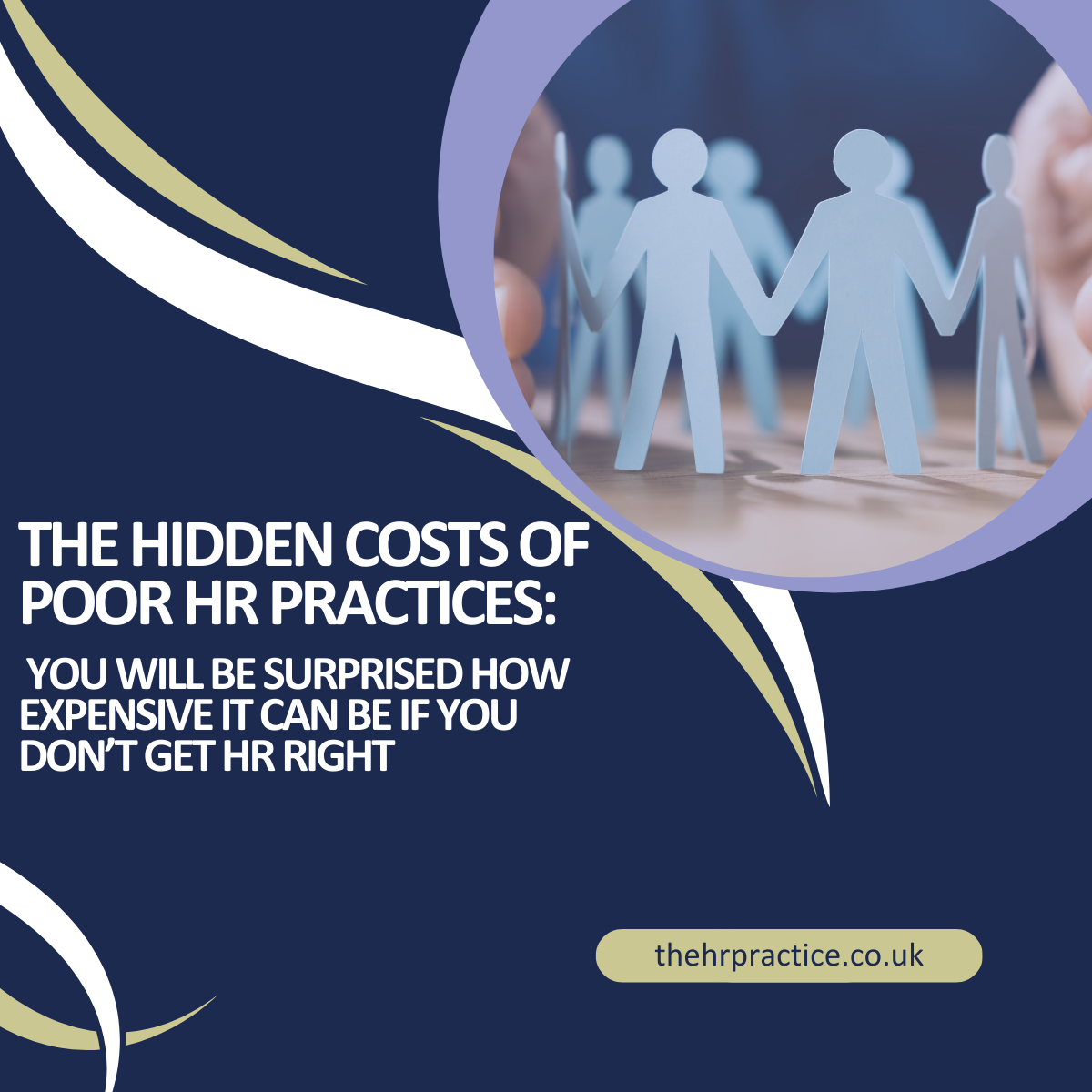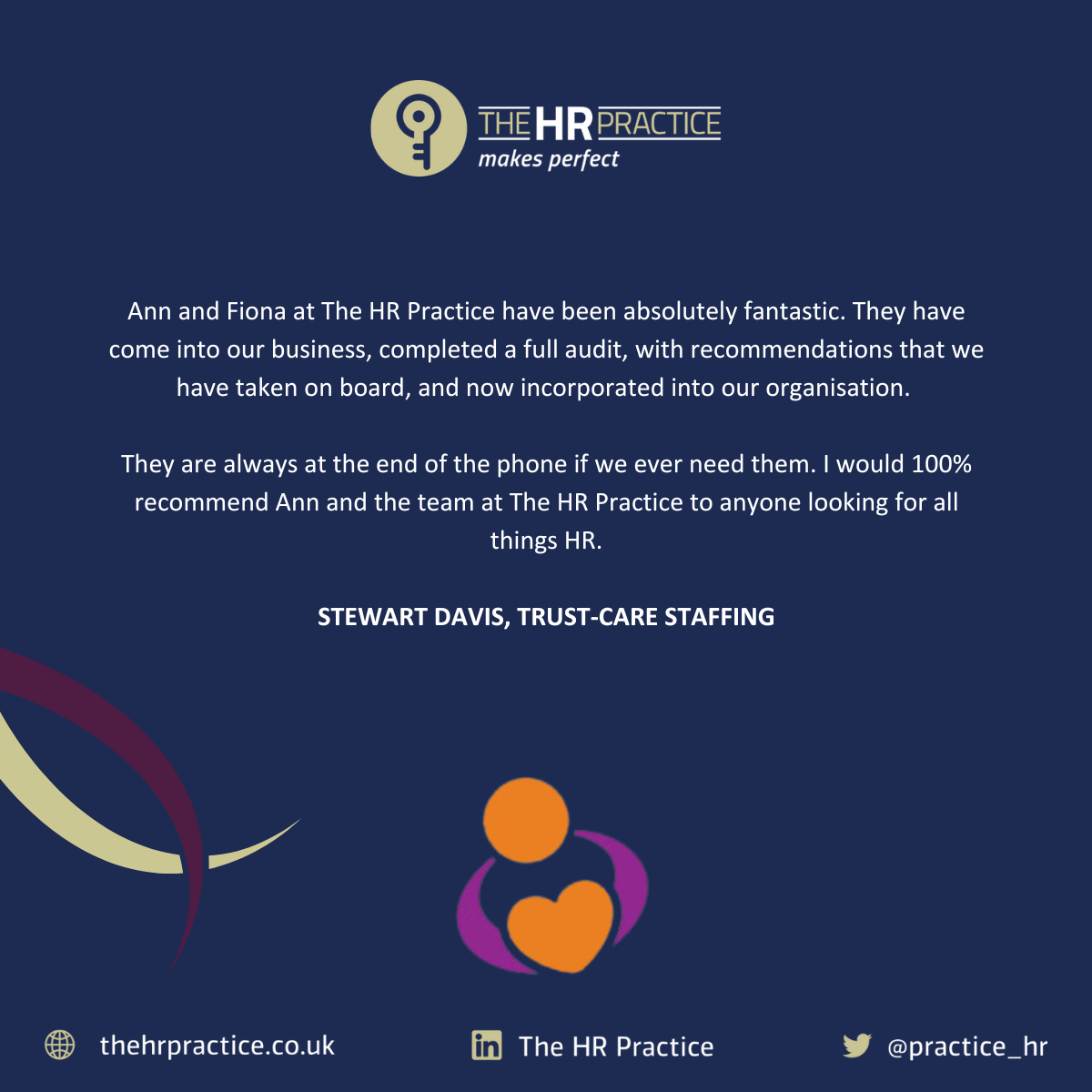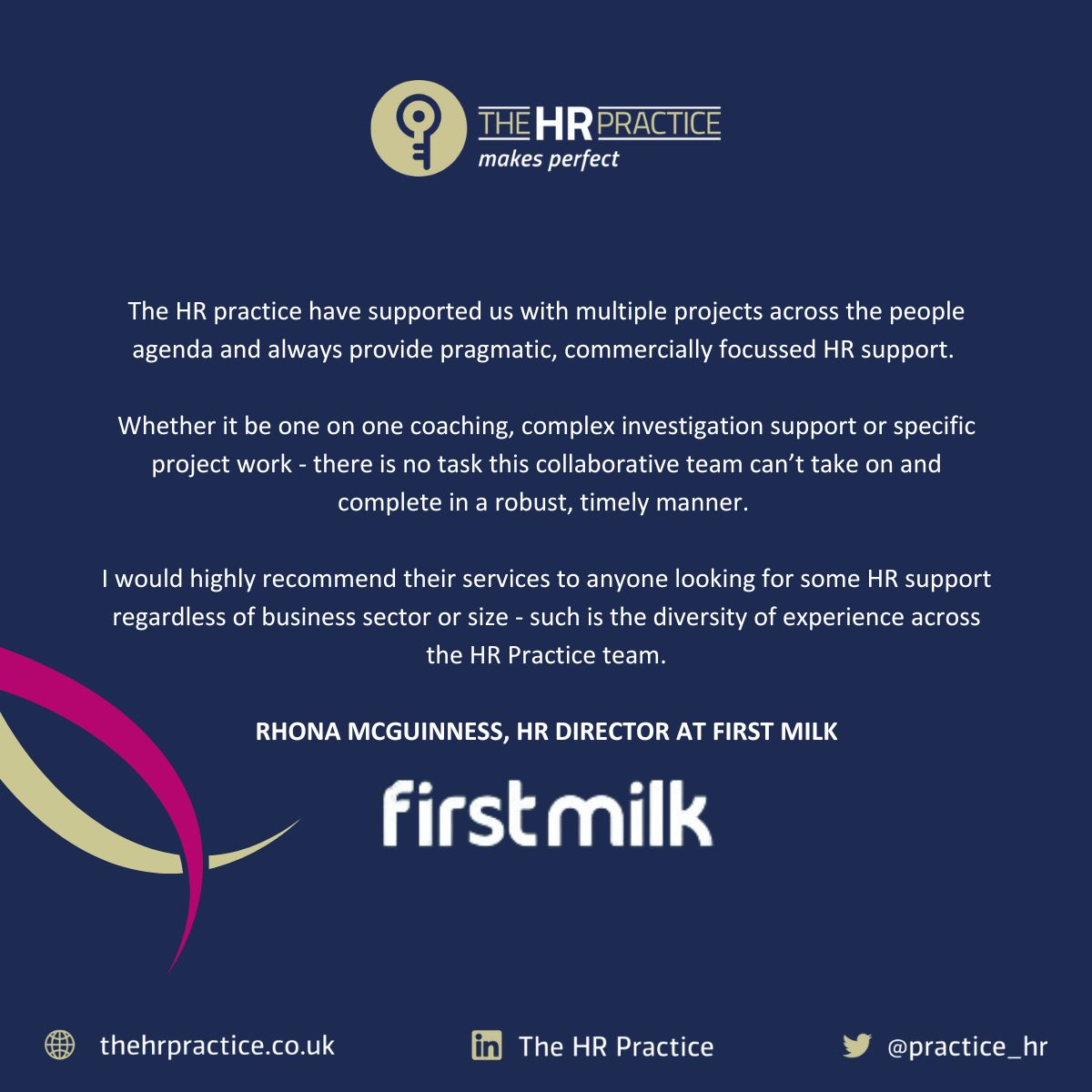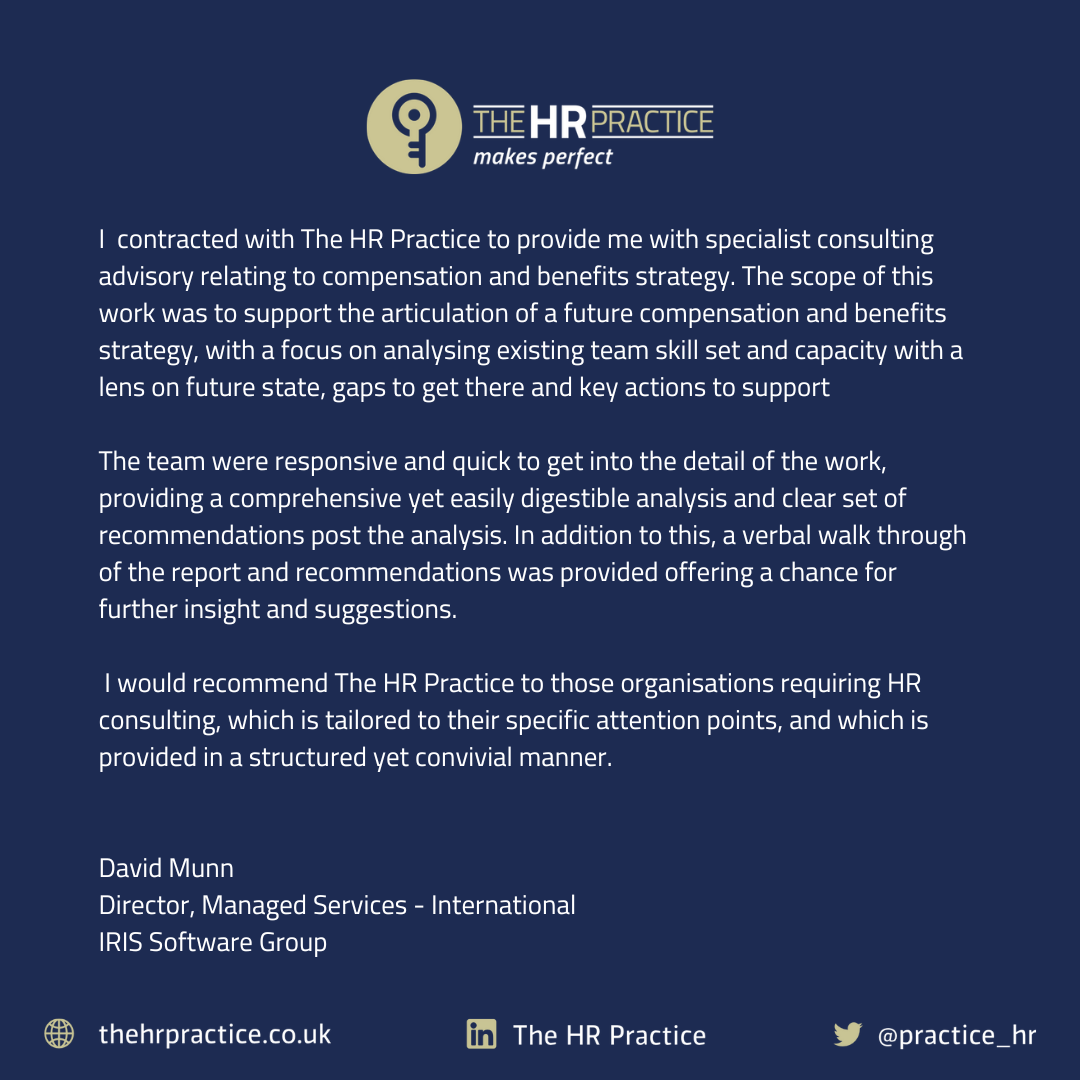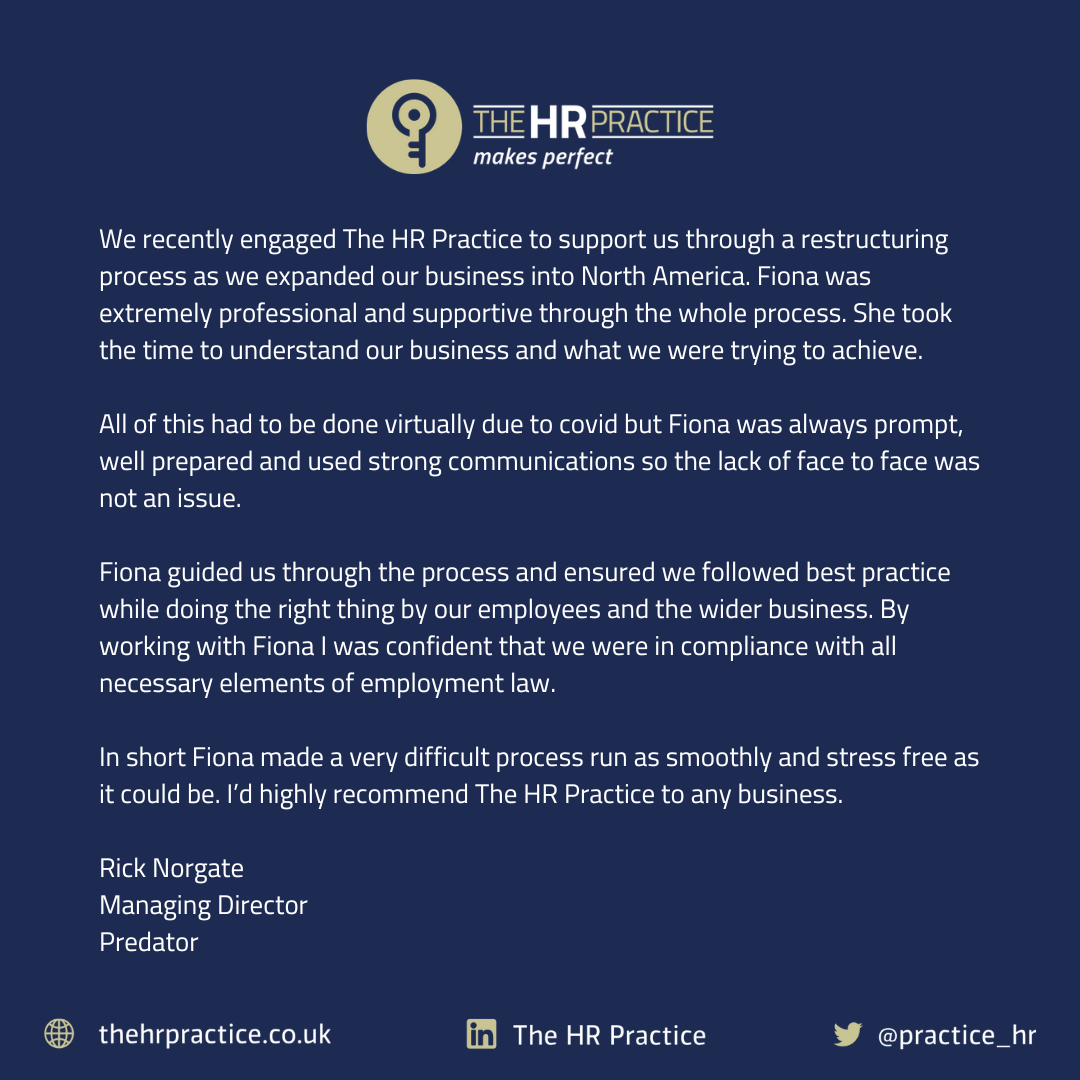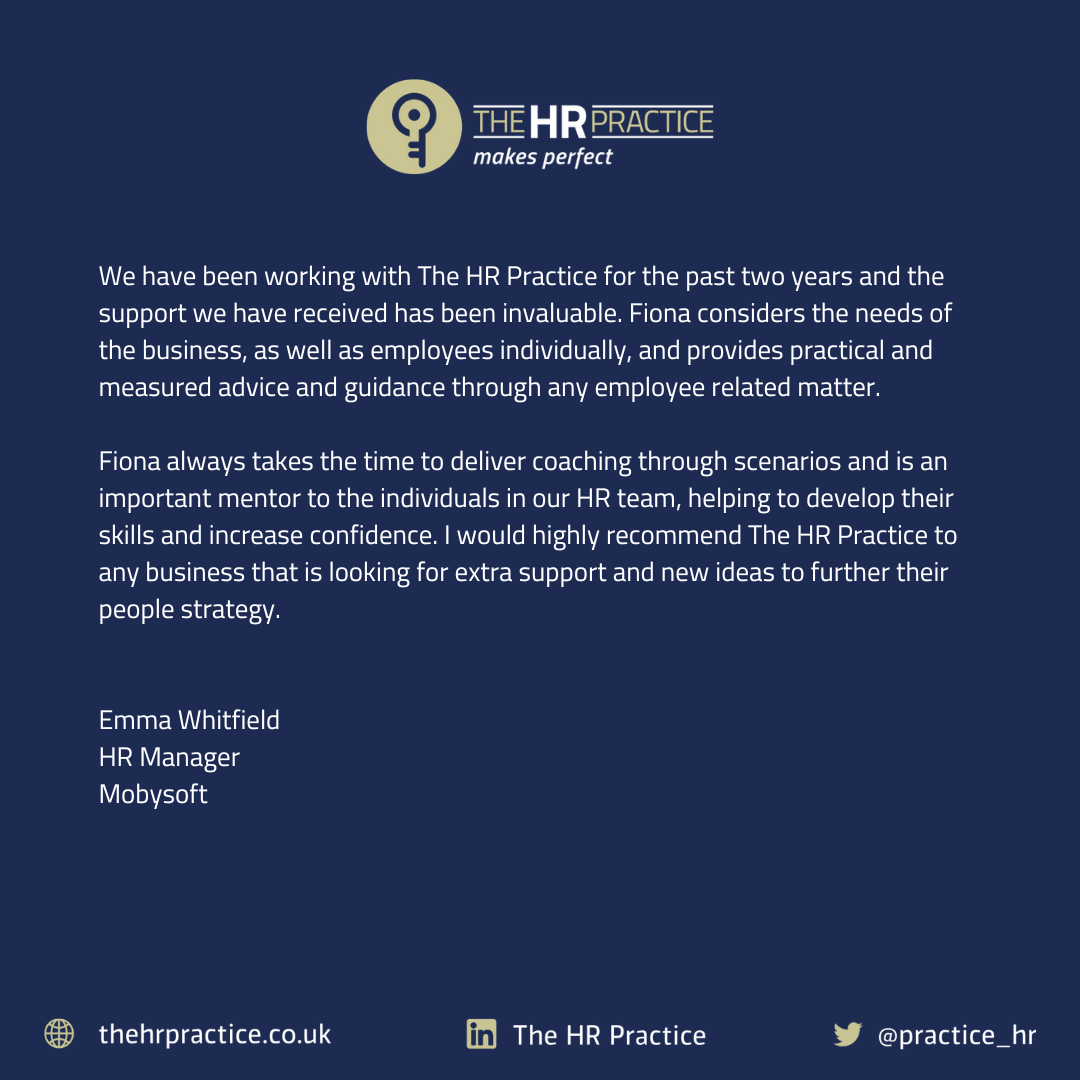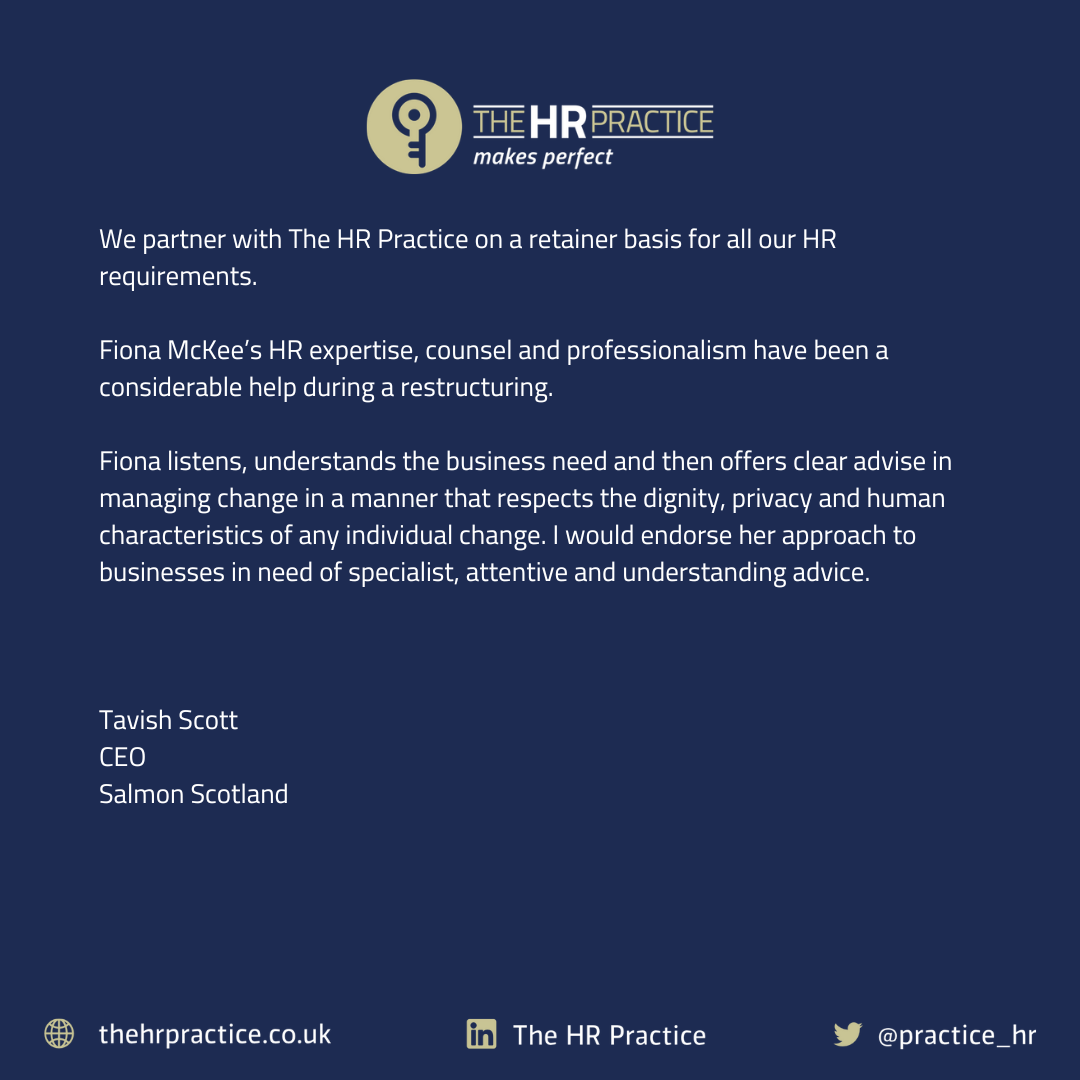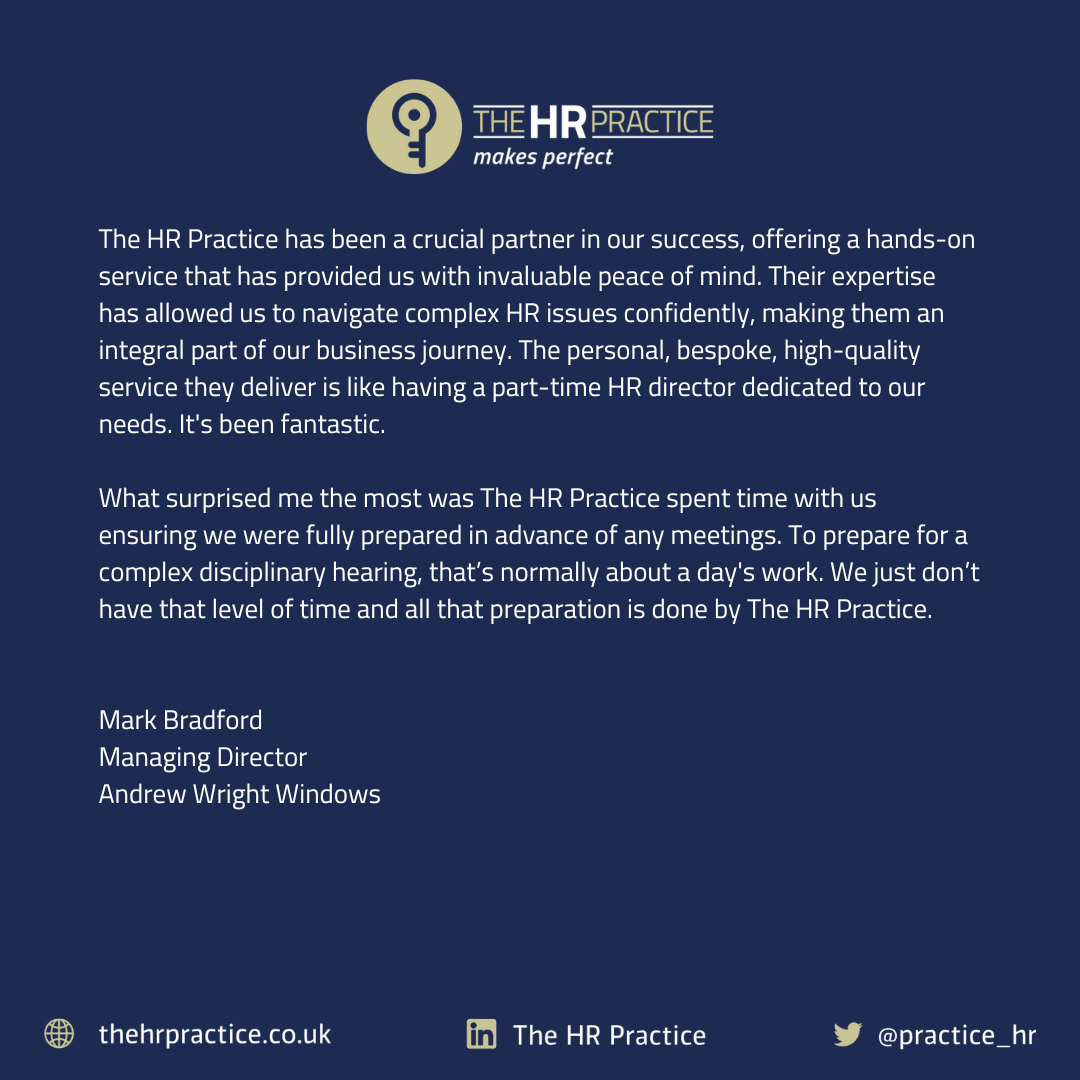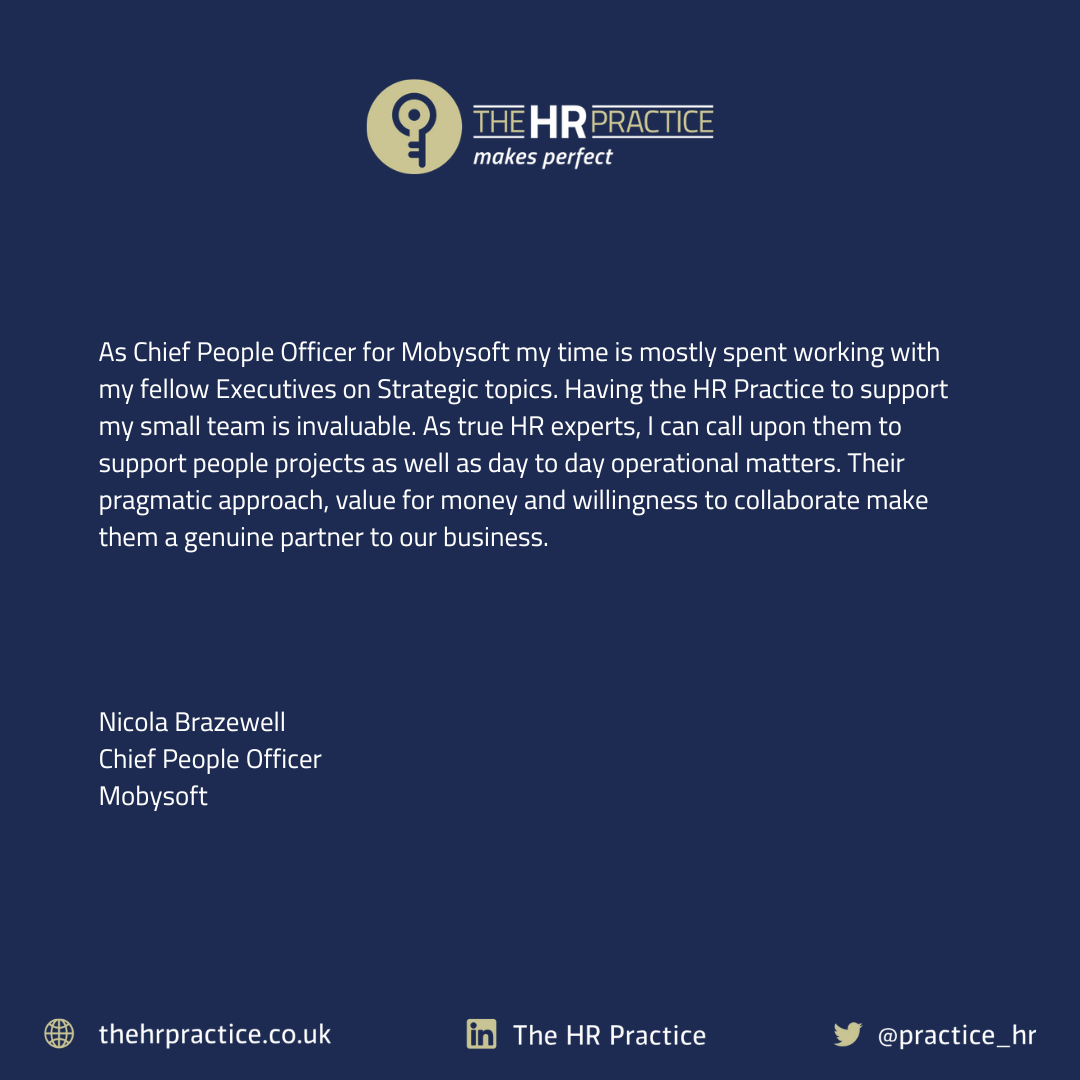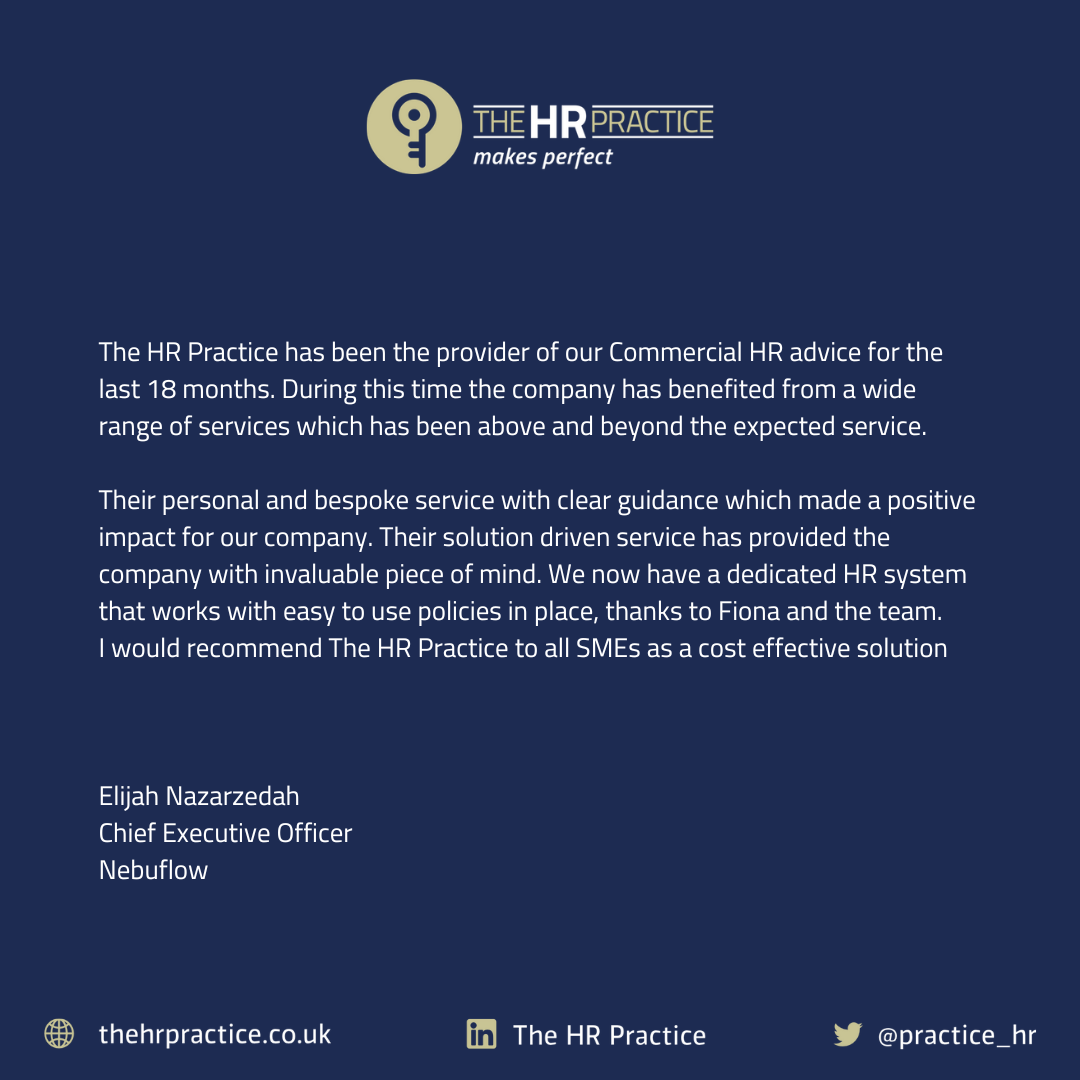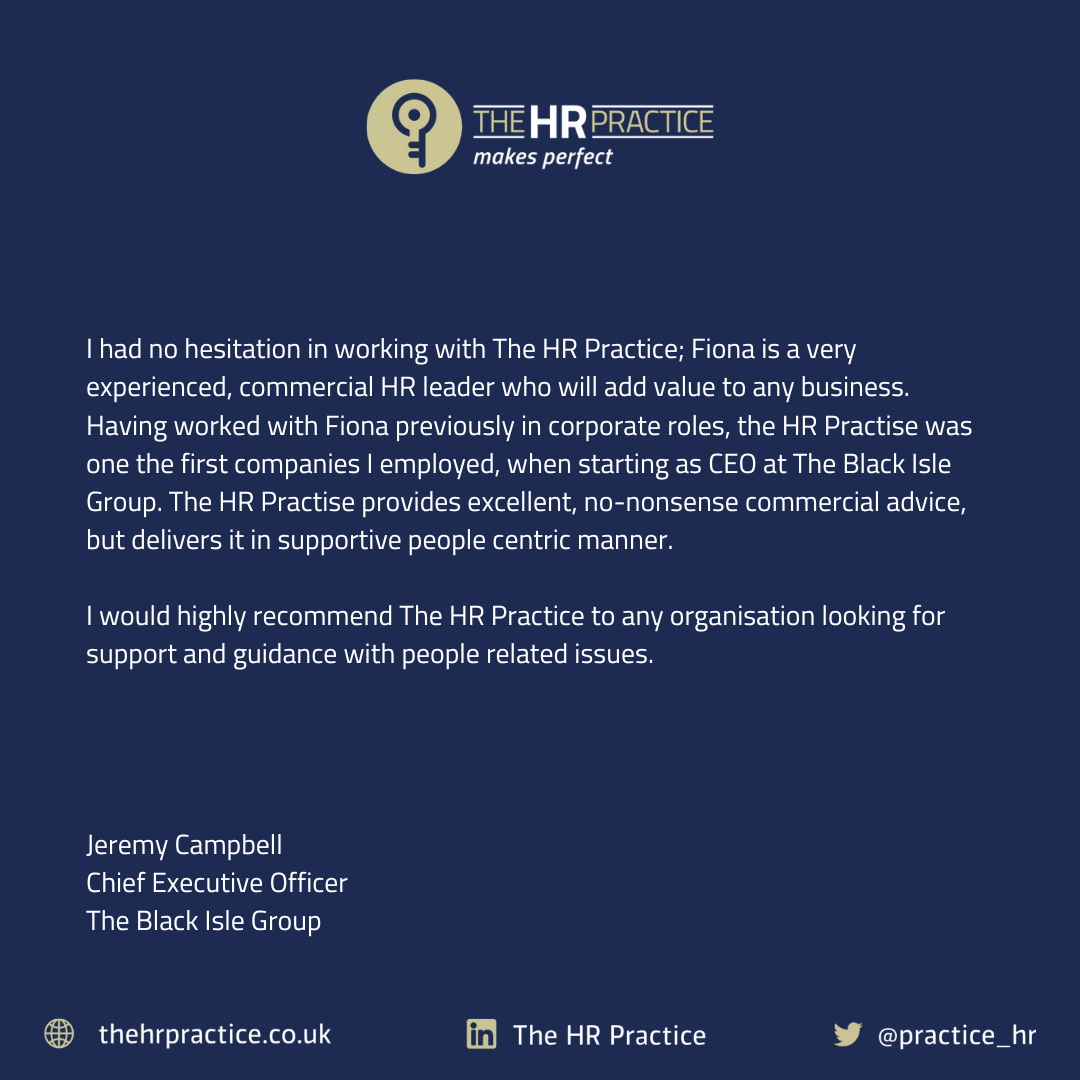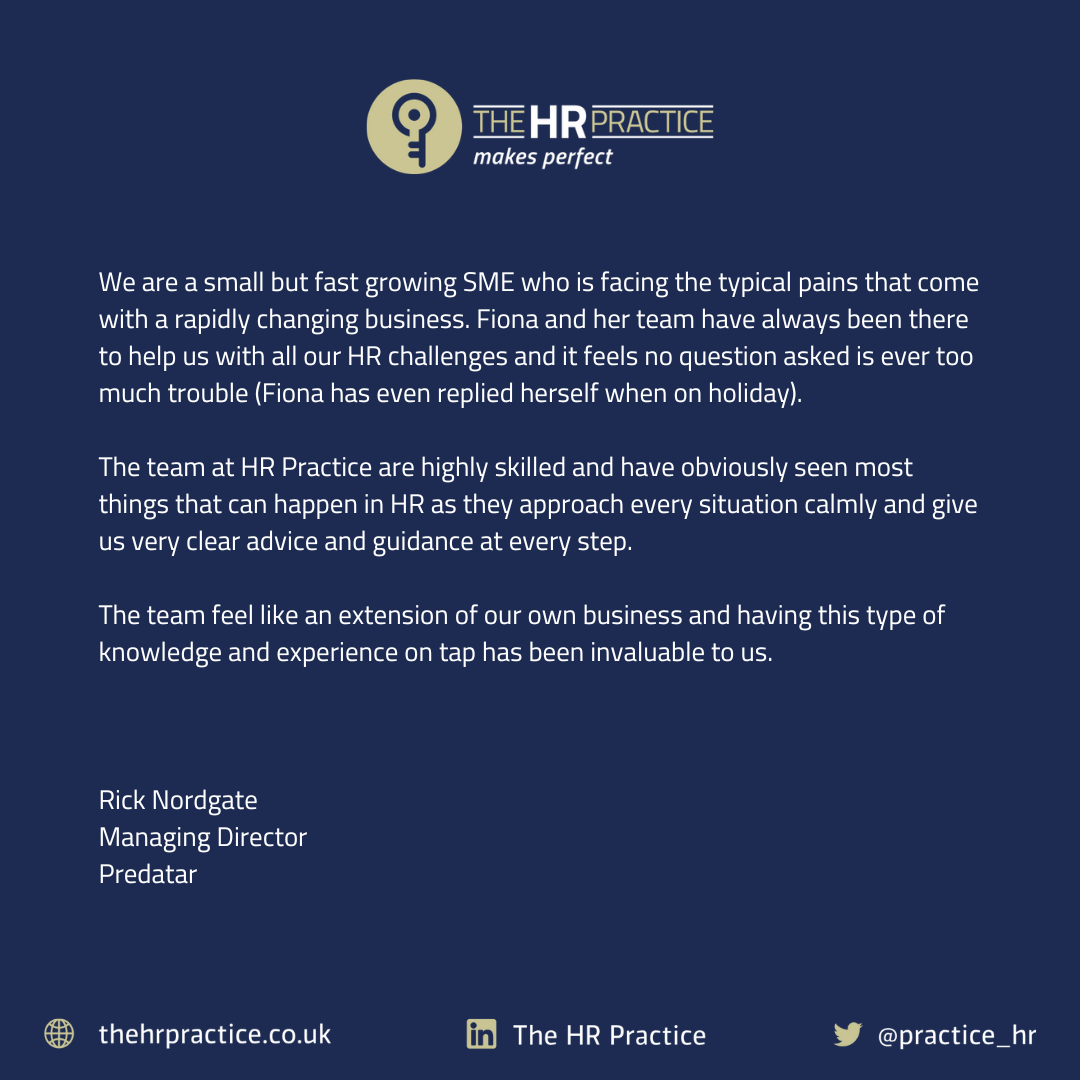Running a business is a balancing act, and often, HR is seen as an extra cost that is a nice to have rather than a necessity, especially where budgets are tight.
However, poor HR practices don’t just impact workplace culture—they can seriously hurt your bottom line. In this blog, we’ll explore the financial risks of ineffective HR practices and how aligning HR and finance strategies can save your business money.
- The Financial Risks of Poor HR Practices
When HR isn’t done right, the costs quickly add up. Common issues include:
- High Staff Turnover: Replacing an employee can cost up to £30,000, factoring in recruitment, training, and lost productivity.
- Legal Non-Compliance: Employment tribunals and regulatory fines can run into thousands, damaging both finances and reputation.
- Payroll and Pension Errors: Incorrect payroll and pension processing can lead to fines, penalties and disgruntled employees.
Real-life example: A small business that faced a tribunal for unpaid overtime ended up paying more than £10,000 in fines and legal fees—a cost that could have been avoided with proper HR systems.
- Compliance Isn’t Optional
Failing to comply with employment laws can be a costly mistake. Key areas to watch include:
- National Minimum Wage (NMW) compliance.
- Accurate payroll processing.
- Pension Auto-Enrolment compliance.
- Adhering to new legislation, like the Neonatal Care Leave and Pay Act, coming in April 2025.
Tip: Finance and HR teams should regularly review policies to ensure compliance with changing laws.
- The Payroll and Pensions Pitfalls
Even small payroll errors can snowball into big issues:
- Overpayments: These are hard to recover without damaging employee trust.
- Underpayments: Can lead to fines or HMRC investigations.
- Pension Errors: Missing auto-enrolment deadlines or contributions can result in penalties.
Investing in accurate payroll software or outsourcing payroll management is a cost-effective solution.
- The Hidden Costs of Employee Turnover
Replacing an employee costs more than you might think. Break it down:
Recruitment fees.
- Time spent interviewing and onboarding.
- Productivity dips while a new hire gets up to speed.
How to reduce this: Strong HR practices, like effective onboarding and career development programmes, can reduce turnover rates.
- Bridging the Gap Between HR and Finance
HR and finance don’t work in silos—or at least, they shouldn’t. Collaborating helps businesses:
- Forecast costs like recruitment and training.
- Set aside budgets for legislative compliance.
- Create cost-saving strategies, such as employee retention programmes.
Tip: Regular meetings between HR and finance can uncover opportunities to optimise processes and cut unnecessary costs.
Conclusion: A Partnership That Saves Money
Good HR isn’t just about employee satisfaction; it’s about protecting your business’s financial health. By addressing inefficiencies, ensuring compliance, and fostering collaboration between HR and finance, you can avoid costly pitfalls and set your business up for sustainable success.
💡 Need help? The HR Practice and Clarity Accounting (Scotland) Ltd can help you create a compliant, cost-effective strategy that supports both your people and your bottom line.
Katie Gilmour
Operations Director
Clarity Accounting (Scotland) Ltd

